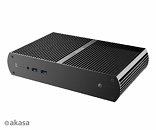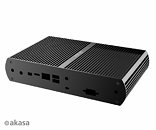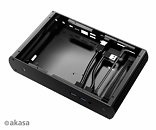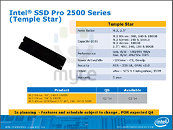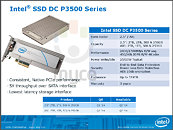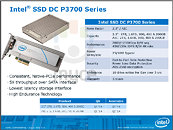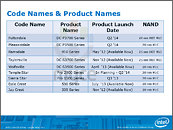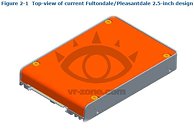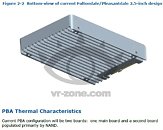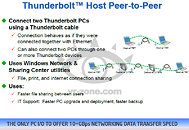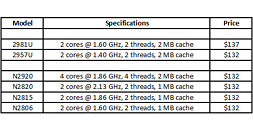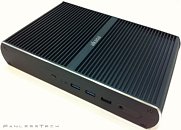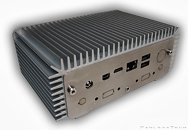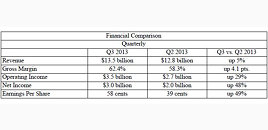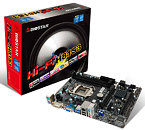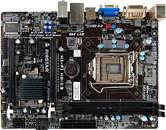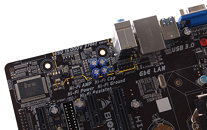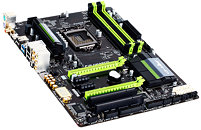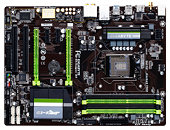
Akasa Rolls Out Tesla H NUC Case
Akasa rolled out the Tesla H, an all-aluminium fanless case for Intel's second-generation NUC, based on its Core "Haswell" processor. At 240 x 150 x 48 mm, it's somewhere in between traditional NUCs and slimline mini-ITX cases; but uses that volume productively, in adding not one, but two 2.5-inch drive bays. The first one takes advantage of the standard SATA 6 Gb/s port on the D54250WYK motherboard, and the other requires the included mSATA to SATA adapter. The case is also compatible with Intel's D54250WYB and D34010WYB motherboards.
As mentioned earlier, the all-aluminium case features ridges along its body that let it double up as a passive heatsink for the Core "Haswell" processor and PCH. In addition to the two 2.5-inch drive bays, the Tesla H offers two front-panel USB 3.0 ports, HDA audio jacks, a USB infrared receiver, three holes for WLAN/Bluetooth antennae, a Kensington lock slot, and VESA wall mounts. Akasa didn't announce pricing or availability details.
As mentioned earlier, the all-aluminium case features ridges along its body that let it double up as a passive heatsink for the Core "Haswell" processor and PCH. In addition to the two 2.5-inch drive bays, the Tesla H offers two front-panel USB 3.0 ports, HDA audio jacks, a USB infrared receiver, three holes for WLAN/Bluetooth antennae, a Kensington lock slot, and VESA wall mounts. Akasa didn't announce pricing or availability details.
